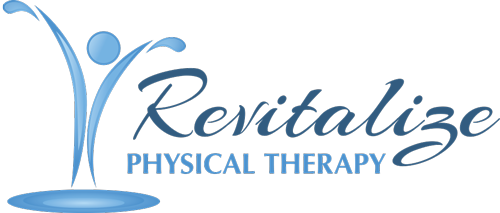When you’re in pain, all you can think about is getting out of it, but if you have pelvic floor dysfunction, that’s going to take a lot of work. You have to get a diagnosis, research the right clinician and/or therapist, commit to months (or sometimes years) of therapy, and do all the “homework” your therapist assigns. Oh, and let’s not forget the emotional work as you learn to be patient while your body becomes a more functional and less painful place to exist. The good news? The process can be a lot easier when you have the right plan in place.
First, let’s talk about getting a proper diagnosis because without that, you can’t receive proper treatment. Even if an internist or gynecologist is familiar with pelvic floor dysfunction, that doesn’t mean you’ll be immediately (or ever) receiving that diagnosis. As I say in my book The Inside Story, misdiagnosis happens because pelvic floor dysfunction may not be at the top of your doctor’s mind. He or she might want to run diagnostics or perform further testing. If you do, in fact, have PFD, these tests will be negative, because they do not detect pelvic floor muscle overactivity. Your doctor may be wonderful and well-intentioned, however many of them simply do not know about PFD from their medical school training. (Shout out to Tight Lipped, a wonderful organization that is working on fixing that problem! Learn more about it here.) You will likely have better luck with a urogynecologist, whose specialty is the pelvic floor, or an internist or gynecologist who has a history of recognizing pelvic floor disorders. But even if you get the right diagnosis, you may find a clinician who doesn’t have a good understanding of how pelvic floor dysfunction needs to be treated.
If your doctor can’t relatively quickly determine your pain driver, or primary source of pain, then you might have to advocate for yourself. In America, we have direct access. This means you can go ahead and schedule an appointment with a pelvic floor physical therapist without a referral. (Keep in mind that not all states allow for the same level of direct access, so make sure you know the rules in your state before seeing a therapist.)
In the same way you should ask for a recommendation for a good doctor, you should do the same for a pelvic floor physical therapist. You may feel like you are the only one experiencing your symptoms, but I promise you that is not the case. Don’t be surprised if you find out your aunt or friend had the same problem and knows of a skilled provider. The internet can also be a good starting point for research. In the USA, you should search the American Physical Therapy Association’s website for a trusted therapist in your area.
Make sure your therapist has at least six months of experience. Sometimes this information will be found on their website or LinkedIn, but don’t be afraid to ask.
Also ask how many continuing education classes your therapist has taken and which ones. Personally speaking, I like the Herman & Wallace Pelvic Rehabilitation Institute. Their courses and teachers are amazing!
Finding a therapist who solely treats pelvic floor dysfunction may be tough, but at least half of his or her patients should be experiencing PFD.
Inquire about your therapist’s credentialing. The letters you see may be confusing, so let me help you break the code! WCS is very good. This stands for the Board Certified Women’s Health Clinical Specialist from the American Physical Therapy Association, the gold standard within the physical therapy community for being considered an expert in pelvic health. (To put it in perspective, I am pretty sure I studied longer and harder for my WCS than for my licensing examination!) There are other letters you may want to look for. BCB-PMD means that one is board certified in biofeedback for pelvic muscle dysfunction. PRPC means that the clinician has Pelvic Rehabilitation Practitioner Certification through Herman & Wallace. CLT is a Certified Lymphedema Therapist.
Now, evaluate your choice. Interviewing your pelvic floor physical therapist might seem like a tough thing to do, but it is vital. Do a trial visit. Consider how you feel. Is your therapist caring or dismissive? Is the staff friendly, and helpful with insurance or payment plans? Are you given homework? Has your therapist outlined your goals? A therapist may be great at what he or she does, but it’s important that you feel comfortable. As you will notice on my website, I allow potential patients the opportunity to receive a free phone consultation before making an appointment with me.
Having pelvic floor dysfunction can be a scary and frustrating experience, but it’s less so when you are well-informed about your options and when you are empowered to best take care of your body. Whether you choose to seek care with Revitalize Physical Therapy or another respected healthcare provider, I hope this guide allows you to be your own best advocate. To your health!




